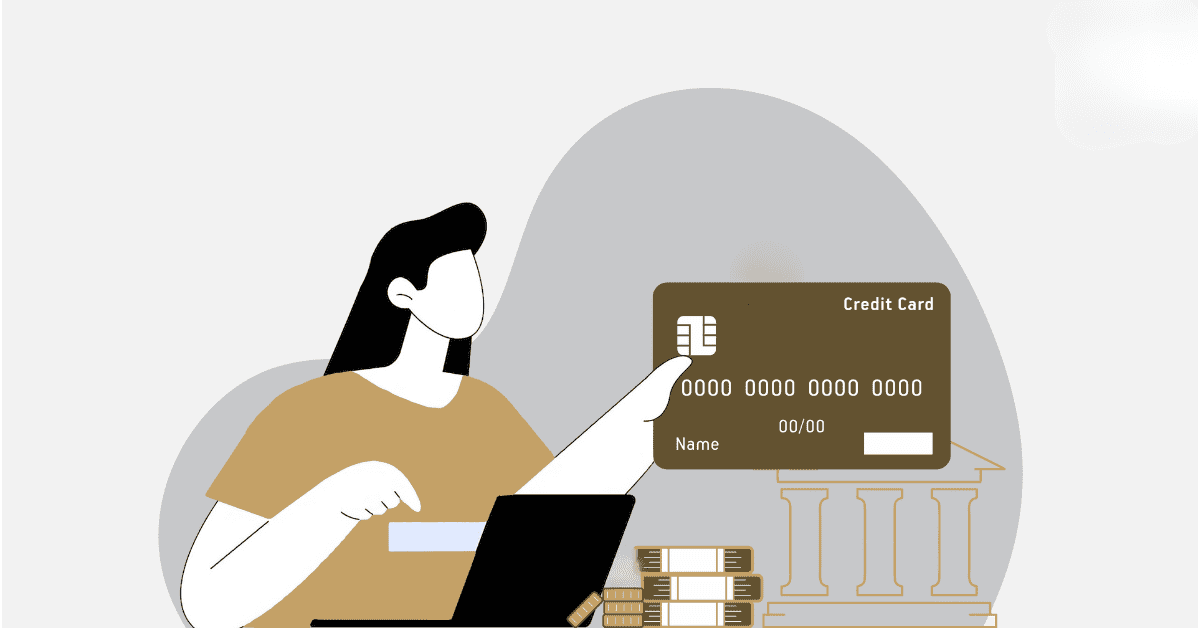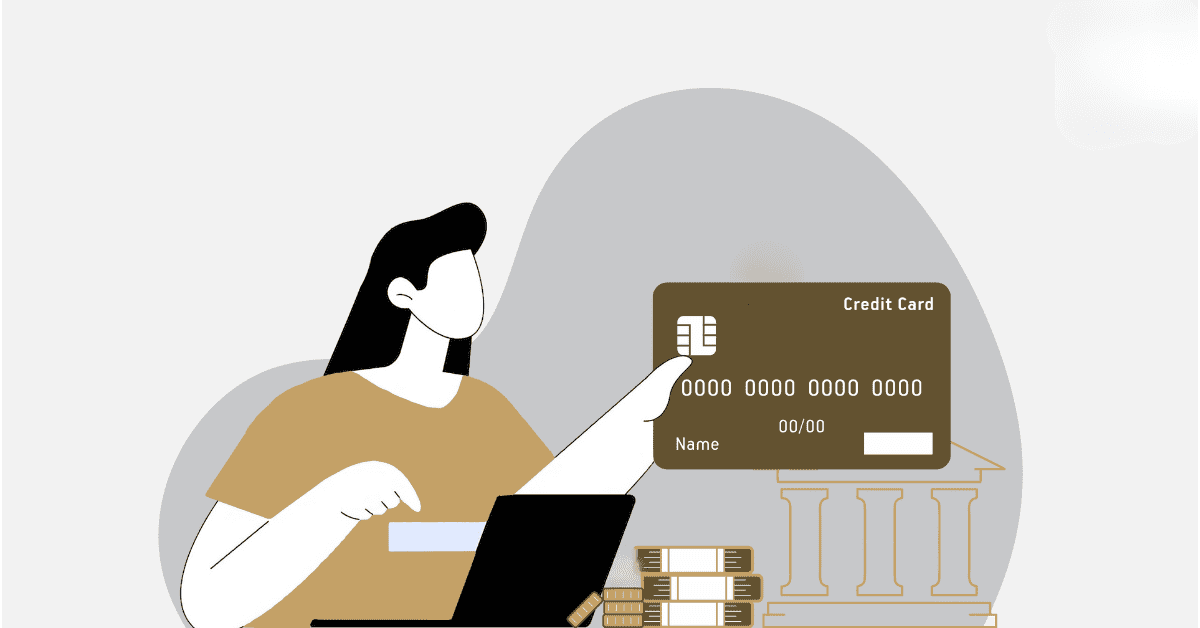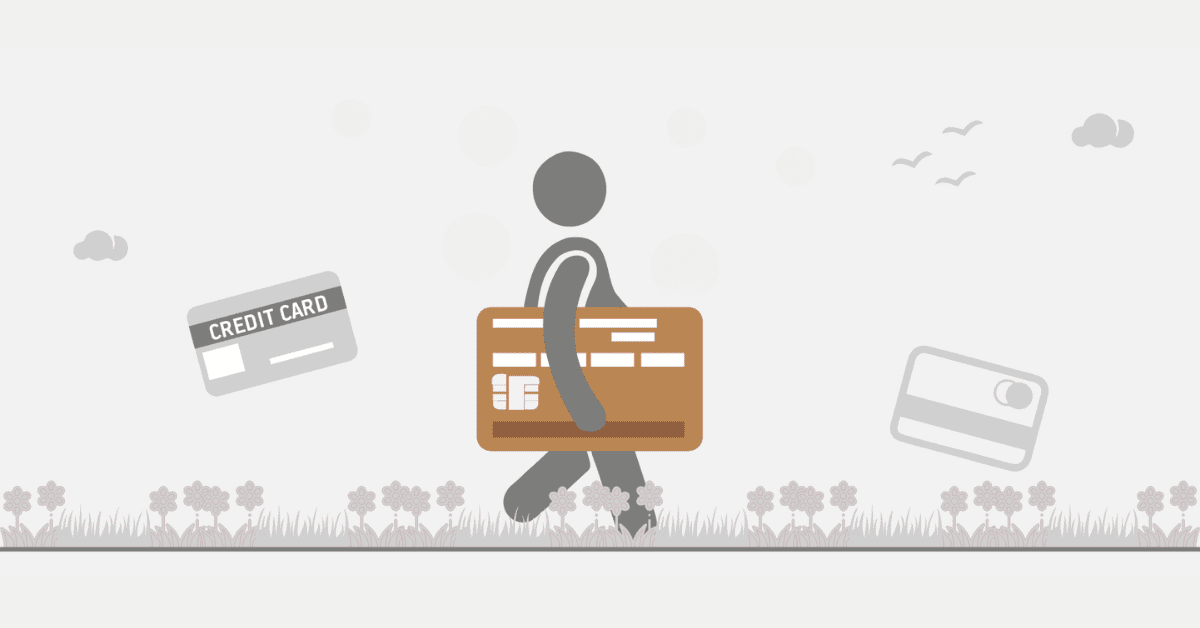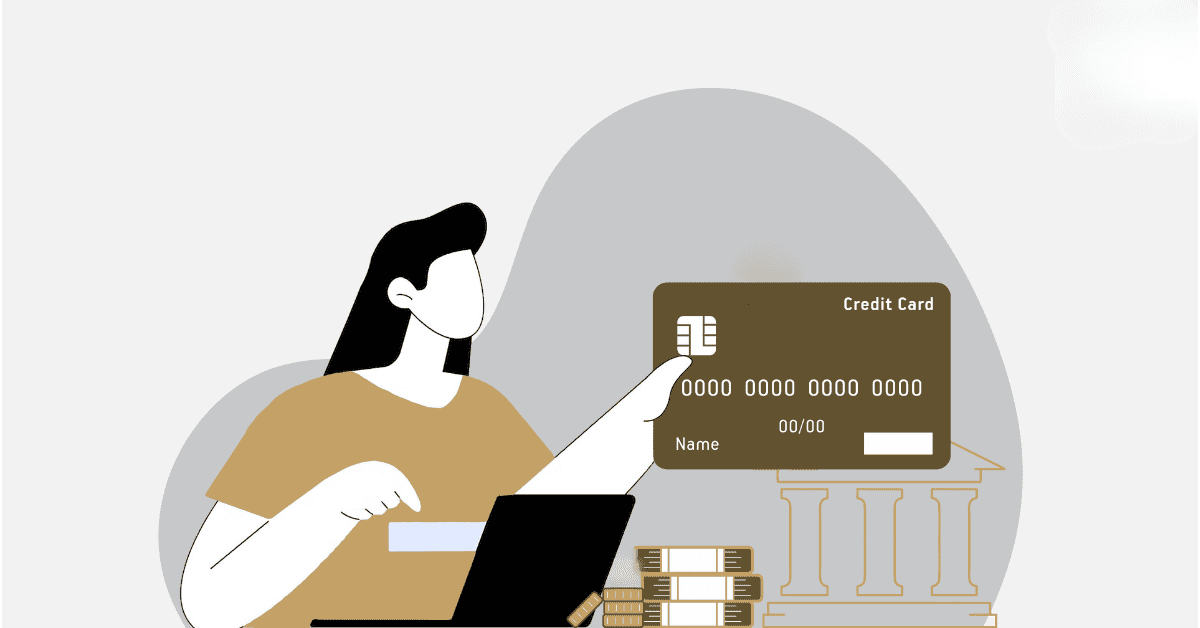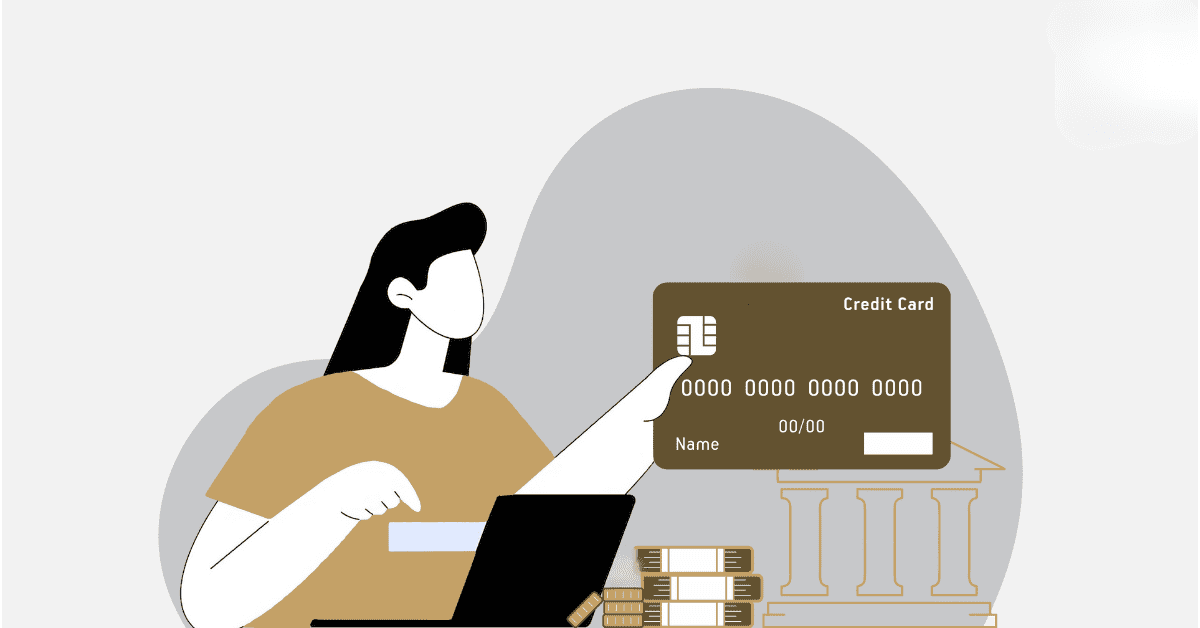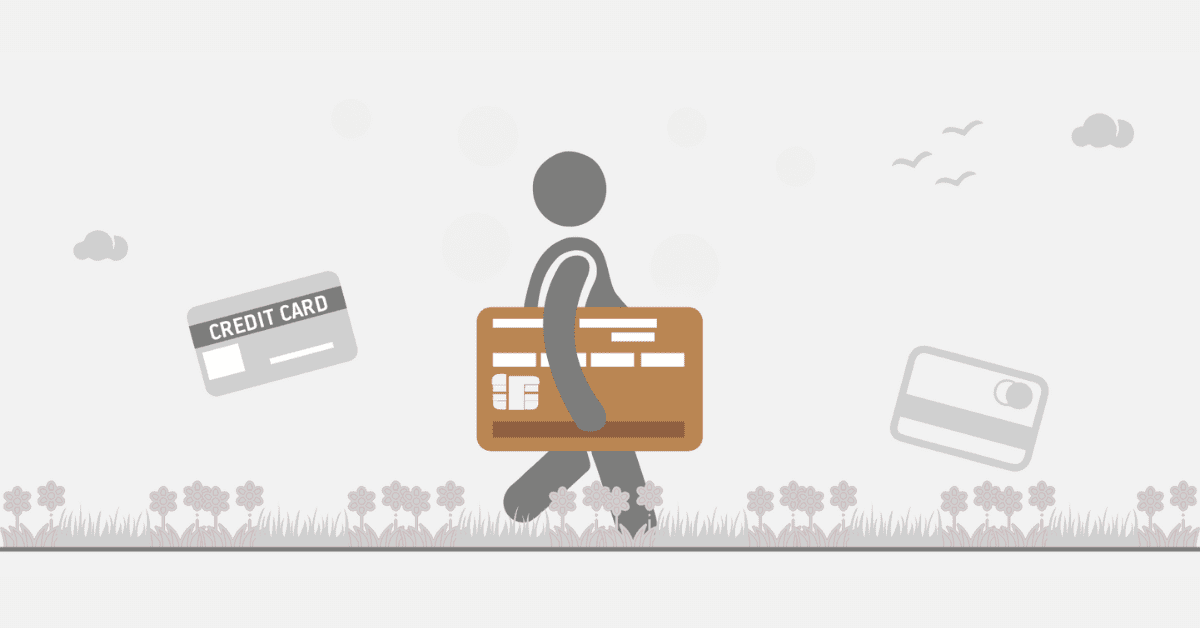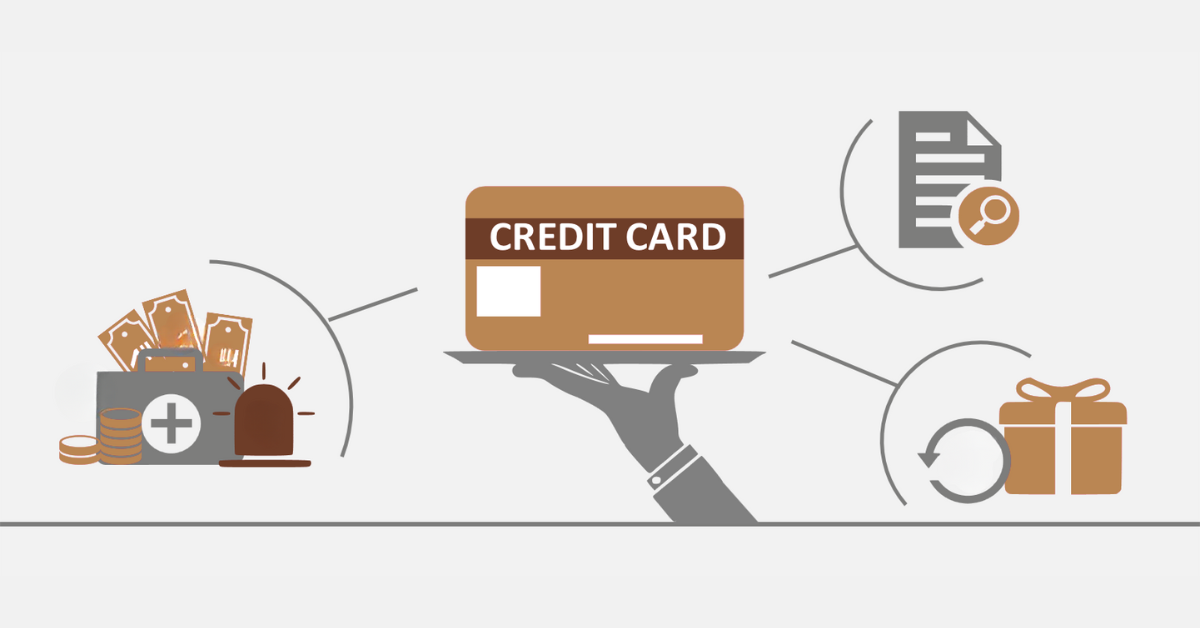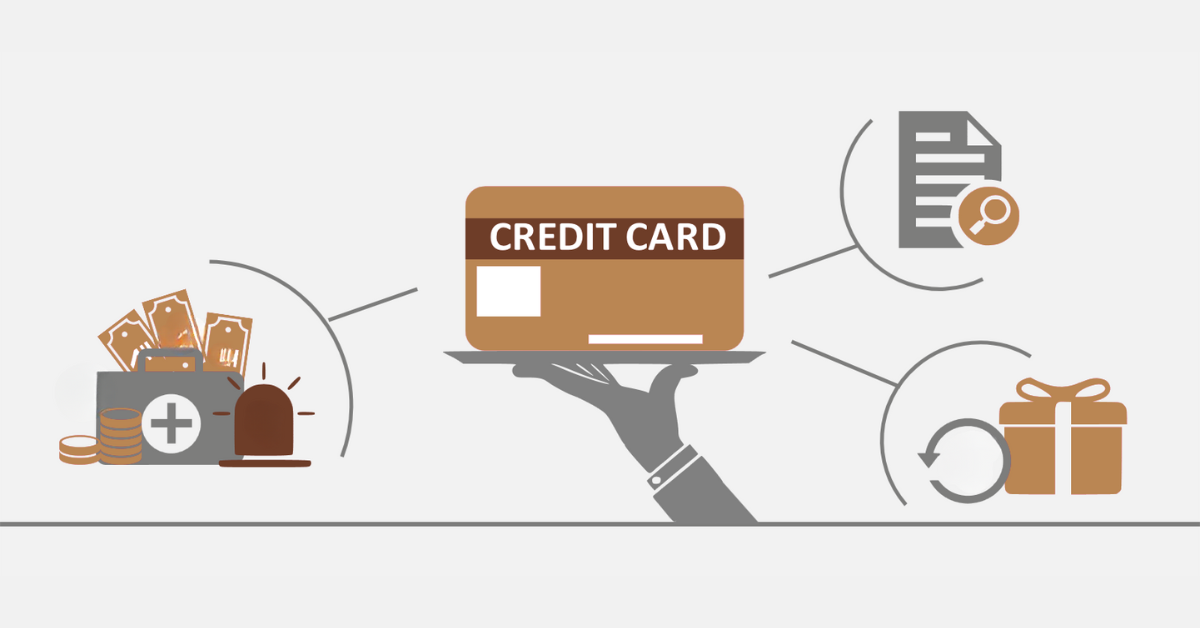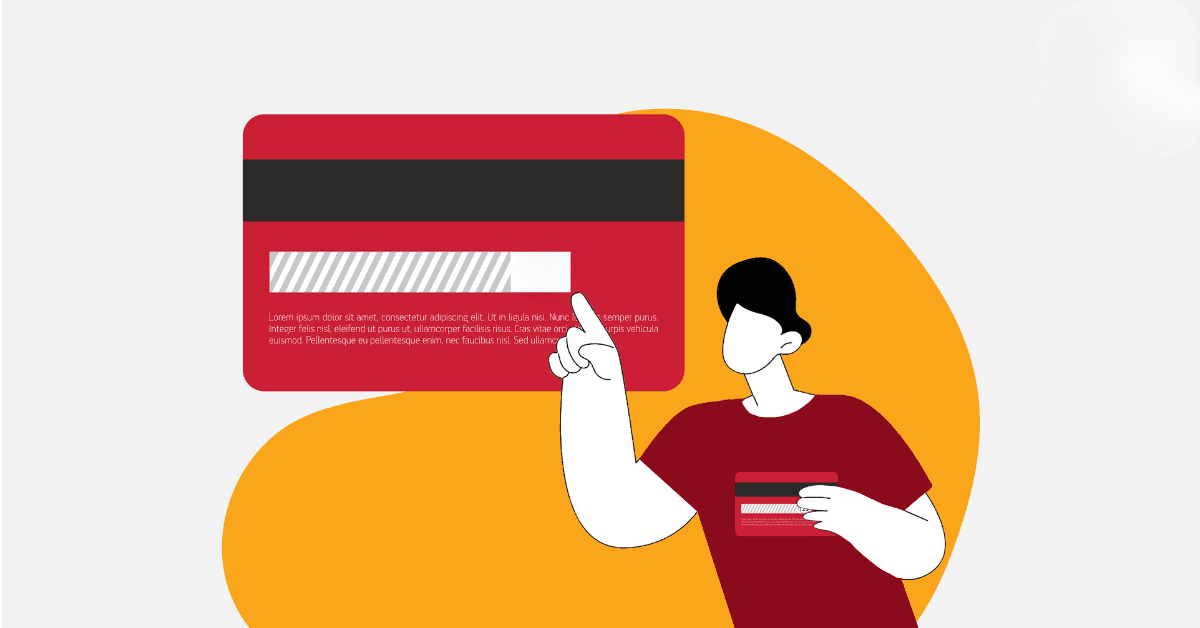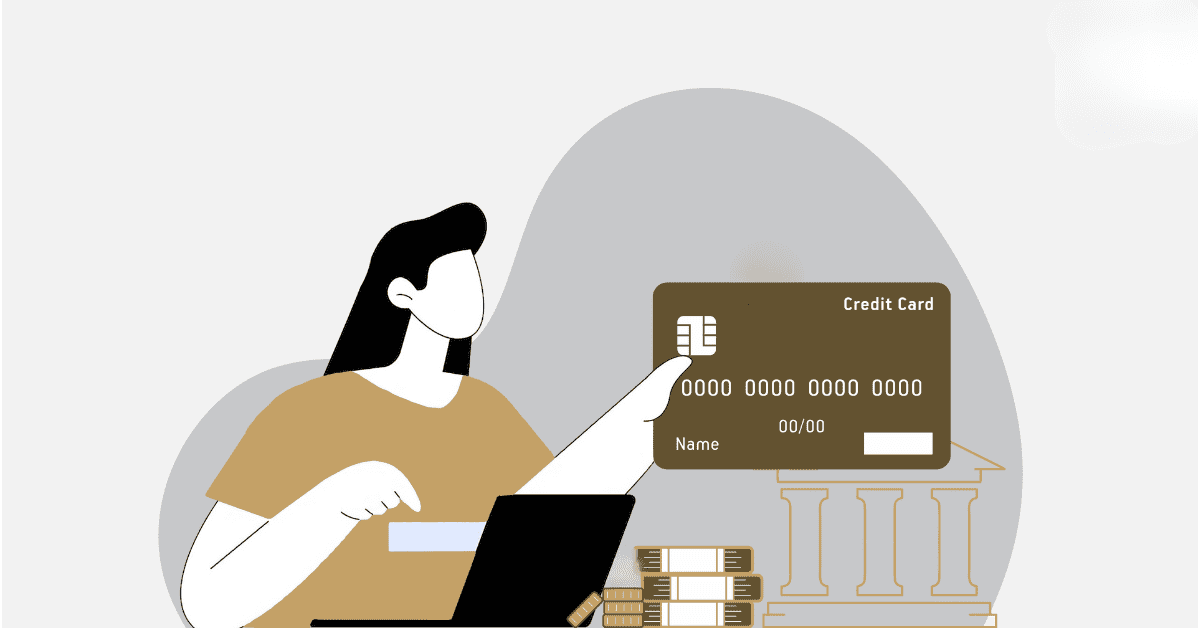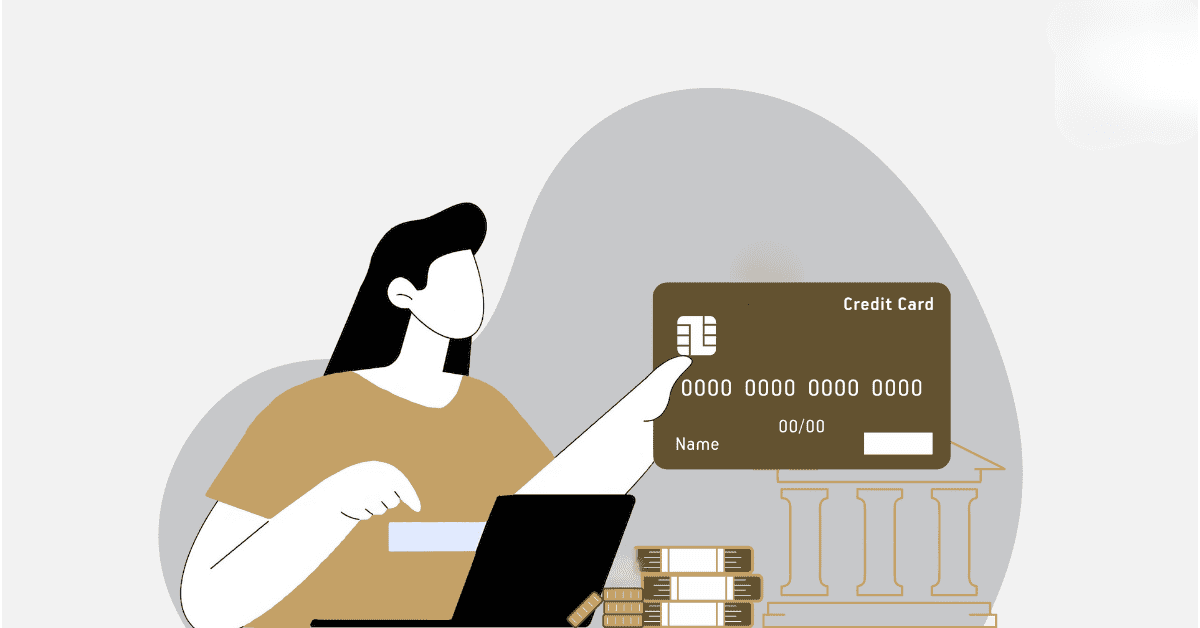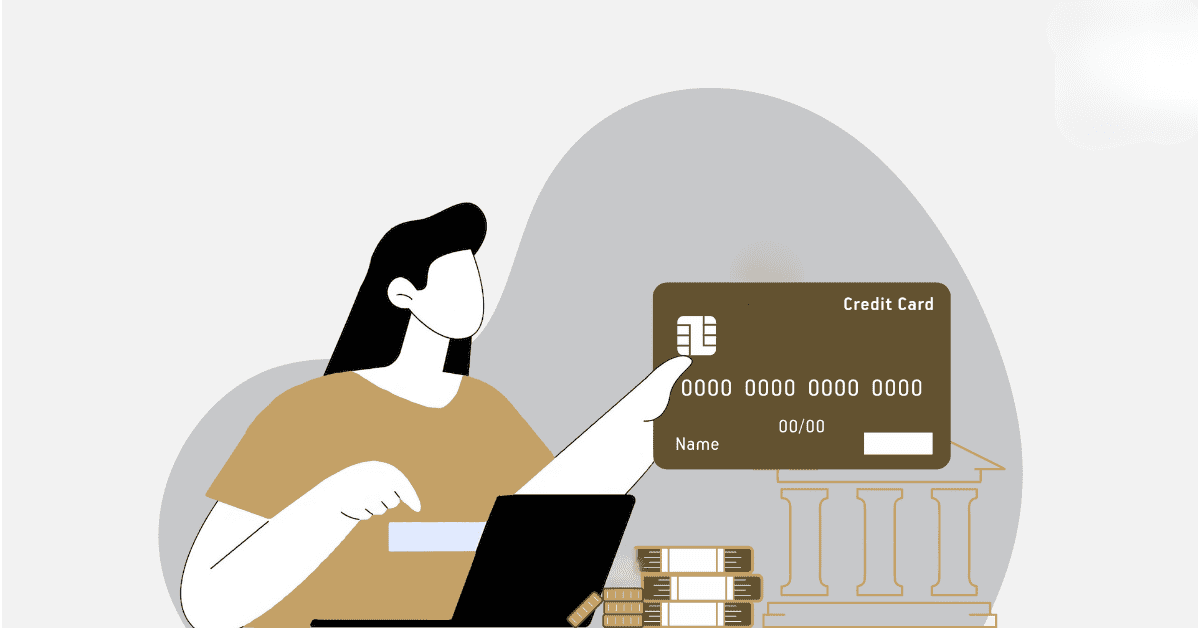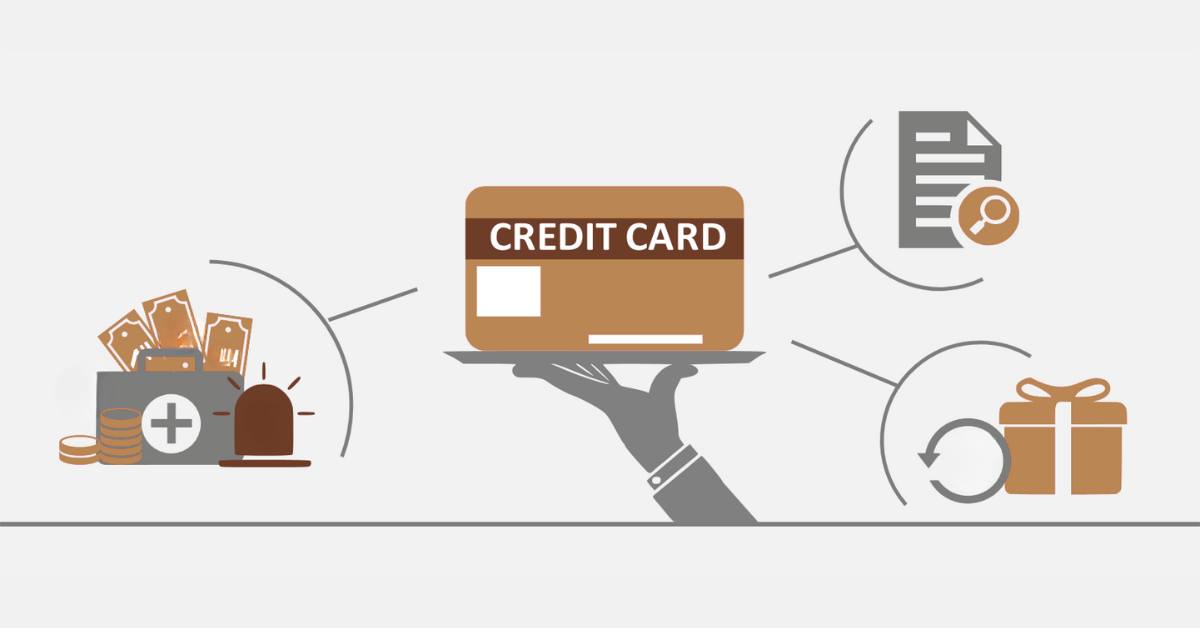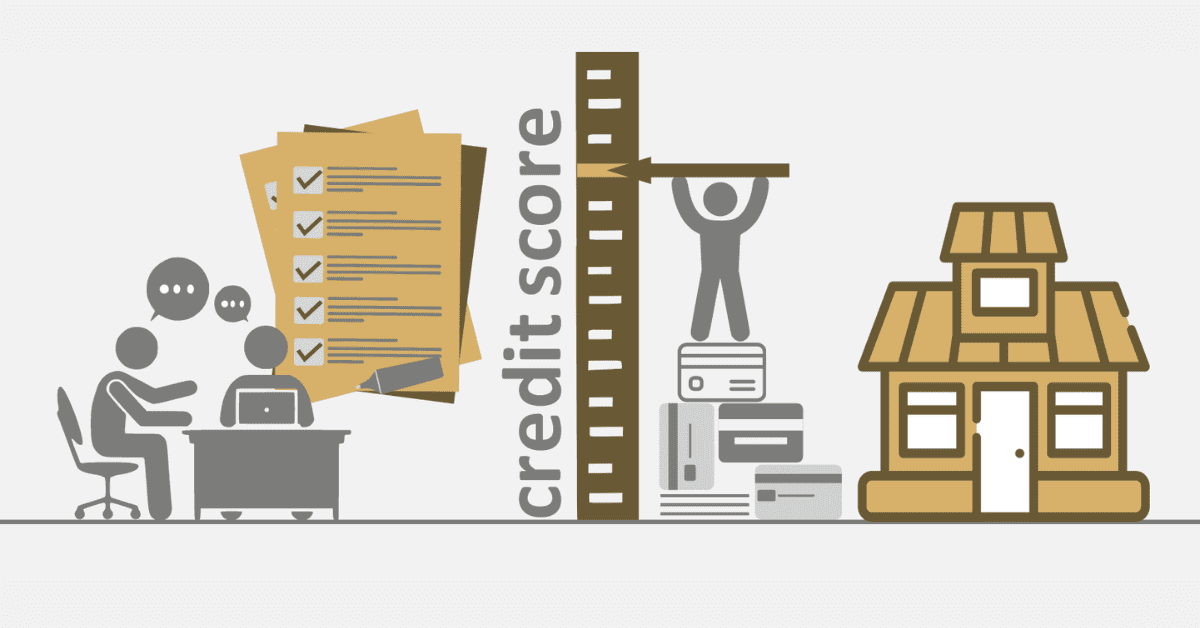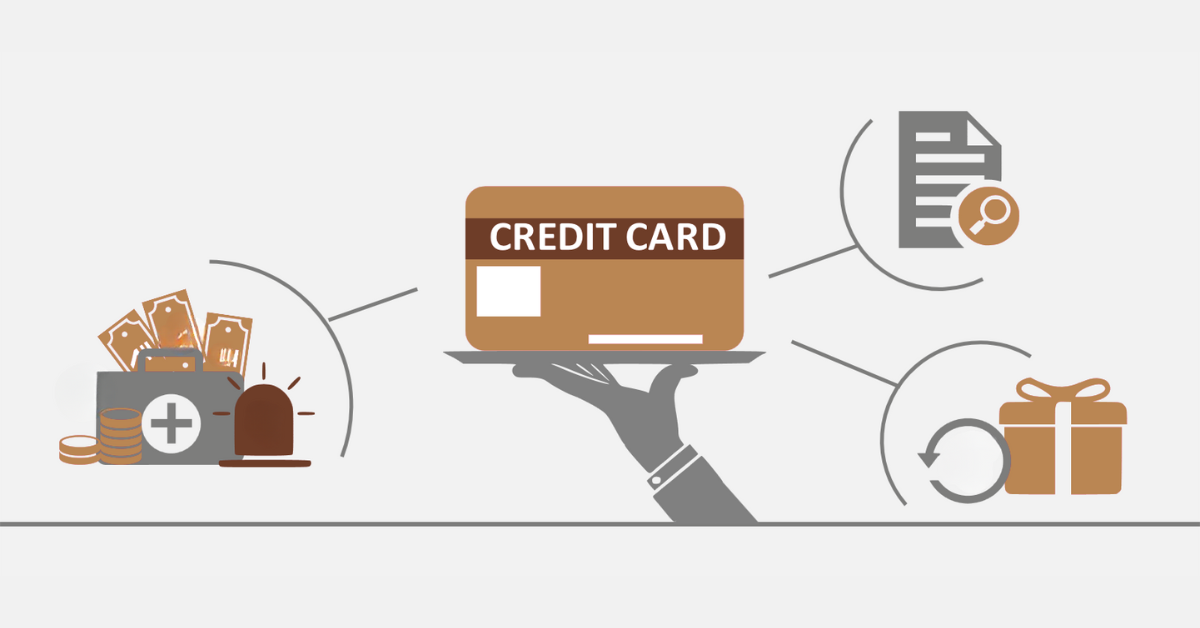Charge plates in South Africa are not only a method of payment but also a financial tool that allows users to handle cash flows and buy safely. They stand as a promise from a cardholder to an issuer that the amount borrowed will be repaid within the set time frame. This system of credit not only provides convenience to users but also creates an avenue for financial building, thus giving them the chance to borrow funds when in need.
It goes without saying that the credit card is a great responsibility of an understanding of credit card treatment, interest rates, and non-payment consequences. It is a matter of making a balance between the advantages of credit and staying healthy financially. Recurrent monthly payments demonstrate a cardholder’s steadfastness and adherence to the regulations, hence keeping the credit score intact. It is important for people to know the terms of the credit agreement and to act with proper planning and necessary spending in order to make the payments on time.
How Does a Monthly Credit Card Payment Work?
For monthly credit card payments, built-in usability is a straightforward process that needs careful consideration of details. Every month, the issuer sends a monthly statement to the cardholder. This report shows all transactions made within the billing cycle. This record is an important document that encapsulates the financial compatibilities of the plate. These include purchases, cash advances, fees, and any credits or refunds. The principal amount reflects the real expenditure, while the interest refers to the cost charged by the issuer for the credit service provision.
Customers must examine their statements thoroughly to verify the correctness of the charges and make sure they know how their payment obligations are structured. Punctual payments are necessary to avoid additional fees and interest rates, and a good credit history will assist in maintaining a healthy credit rating.
Is it Okay to pay for a credit card monthly?
Keeping monthly credit card payments facilitates financial well-being and leads to a good credit status. This means that cardholders can continue to enjoy the advantages of credit use without additional interest. This practice not only shows discipline in finances but also benefits one’s finance history, which becomes helpful when one applies for a loan or more credit cards.
Even though the full amount cannot be paid, it is imperative to pay at least the minimum payment to prevent a drop in credit score and to stop heavy accrued interest. This is a strategic method of credit card management that emphasizes the significance of budgeting and responsible spending.
How Much Do You Have to Pay a Month on a Credit Card?
The monthly payment on a credit card depends on the amount of purchases made by the cardholder and the issuer’s terms. The statement balance is the sum of all charges incurred, and the minimum payment is a small portion of the sum, which is usually expressed either as a percentage of the sum or as a fixed minimum amount, whichever is higher.
Paying more than the minimum amount reduces the principal faster, and as a result, less interest is paid over time. This is a financial decision that every cardholder has to make each month, and it compares debt reduction faster with the need for some cash flow flexibility. Familiarity with the effects of various payment frequencies on credit is central to successful credit card management.
What Happens If I Pay Half My Credit Card Bill?
Choosing to pay only half of the monthly credit card payment can have either positive or negative effects. On the one hand, it takes more balance off than just making the minimum payment does, thereby clearing the balance sooner and accruing less interest. However, if the full balance is not paid, interest will continue accruing on the remaining balance.
Such an approach may find a middle ground between those who do not have adequate finances to pay the full amount but wish to wipe out a considerable chunk of their debt. The cardholders must hold onto the mechanism of interest computation to clearly understand the financial implications of partial payments by their credit card issuer.
How Much Should I Pay on My Credit Card to Avoid Interest?
One strategy to avoid interest is to pay the entire statement balance before its due date every month. Such a method of payment harnesses the interest-free time that most credit card companies give (i.e., the days running up to the due date), as no interest is charged on new purchases provided the previous balance has been fully settled.
Customers can, therefore, save on their interest rate if they pay off the balance at the end of the period. This necessitates budgeting and living within one’s means to make the minimum payment every month. Here, we find an ideal scenario for those who aim to use credit and avoid, thereby, paying additional interest charges.
